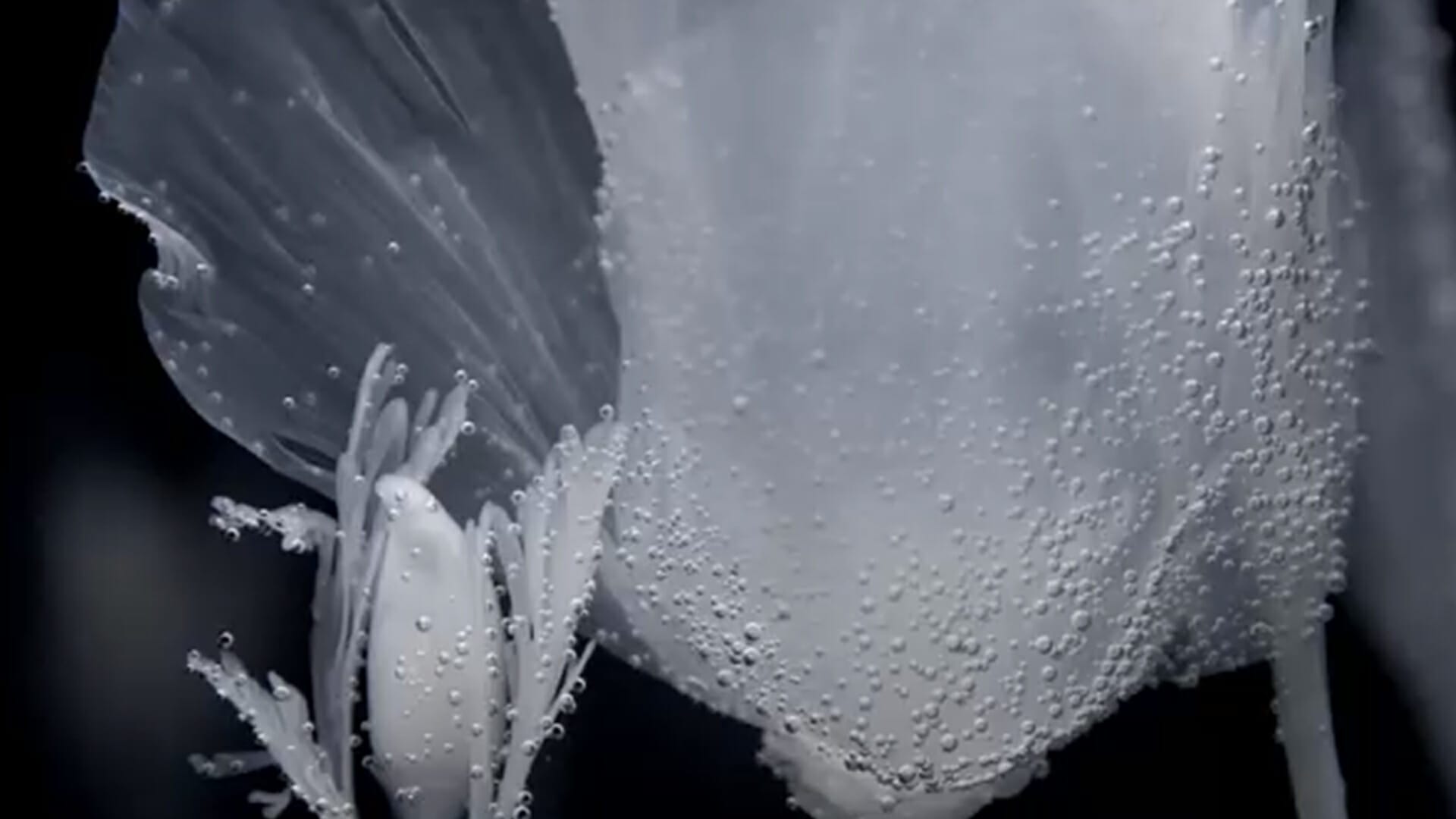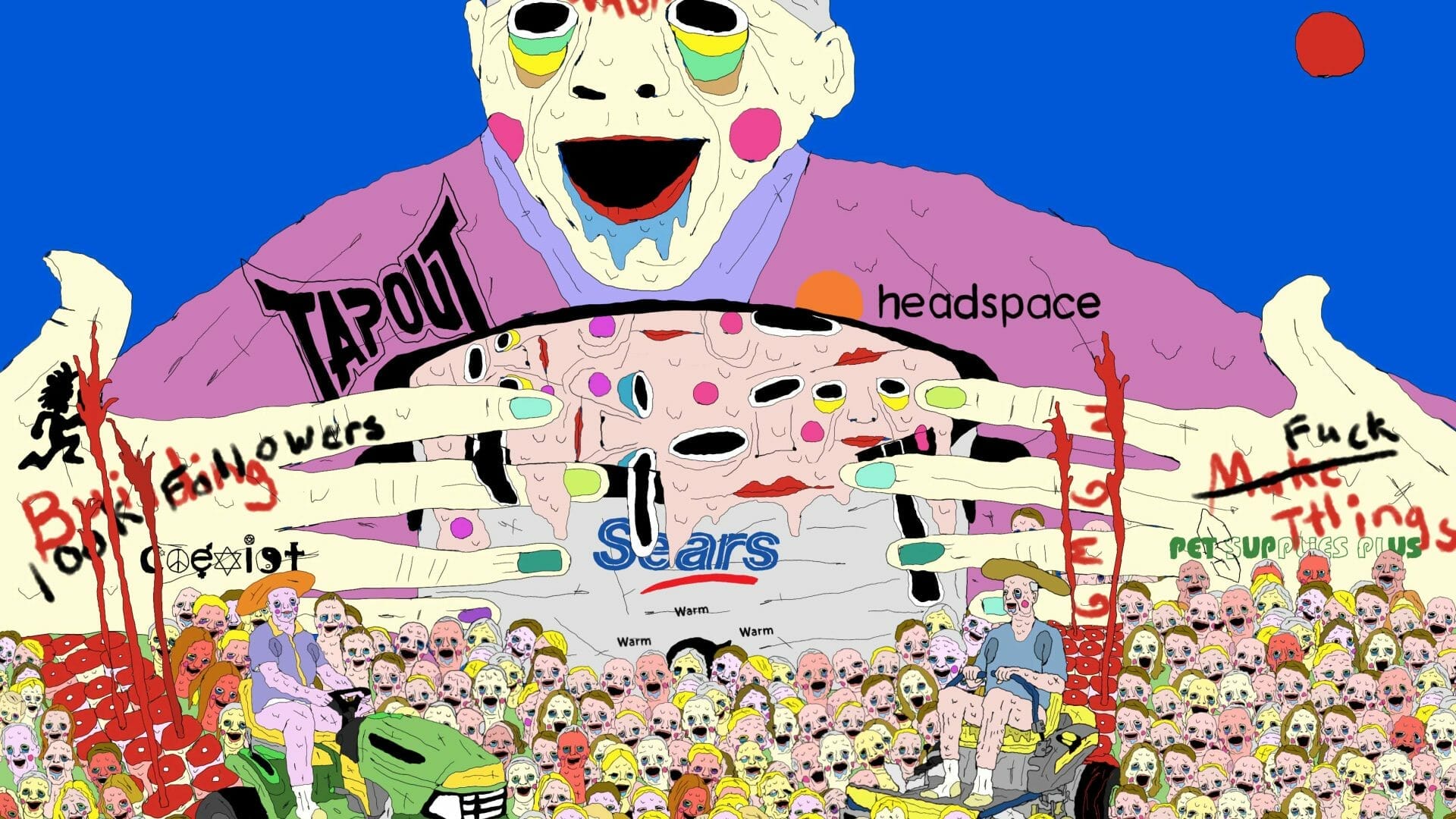
Silent Echoes: Cady Noland and the American Psyche
Cady Noland, born in 1956, is an American artist whose work has profoundly impacted the contemporary art scene. Known for her conceptual sculptures and installations, Noland’s art critically examines the American psyche, delving into themes of celebrity culture, violence, and the underbelly of the American dream. Her approach is unique, often incorporating everyday objects such as police barricades, tabloid photographs, and construction materials, which serve as a commentary on the intersection of fantasy and reality in American identity.
Noland’s retreat from the public eye and the mainstream art discourse is a significant aspect of her artistic identity. This silence, a strategic decision rather than mere reclusiveness, amplifies the impact of her work. It contrasts starkly with the typically vocal and visible presence of contemporary artists. Her silence, reminiscent of the legendary Italian film director Federico Fellini’s notions of the artist’s dedication to their craft, becomes a form of rebellion. It underlines her critique of the very culture her work explores – one obsessed with fame, media, and constant visibility.
Her father, Kenneth Noland, a renowned Color Field painter, undoubtedly influenced her artistic upbringing. However, Cady Noland carved her own niche, distinctly separate from her father’s legacy. Her work often incorporates images reminiscent of targets, a symbolic nod to the violence and political turmoil embedded in American history. These images serve as a critical commentary on America’s fascination with and glorification of violence, as seen in her recurring use of figures like Patty Hearst and Charles Manson.
Noland’s art, while echoing minimalist trends, extends beyond mere aesthetic concerns. Her installations and sculptures, often made from industrial materials, address the power dynamics and control mechanisms inherent in American society. For instance, her use of aluminum panels, neon tubes, and American cars in installations like those at Documenta 9 in Kassel, Germany, reflect her interest in the physical and metaphorical structures of containment and control.
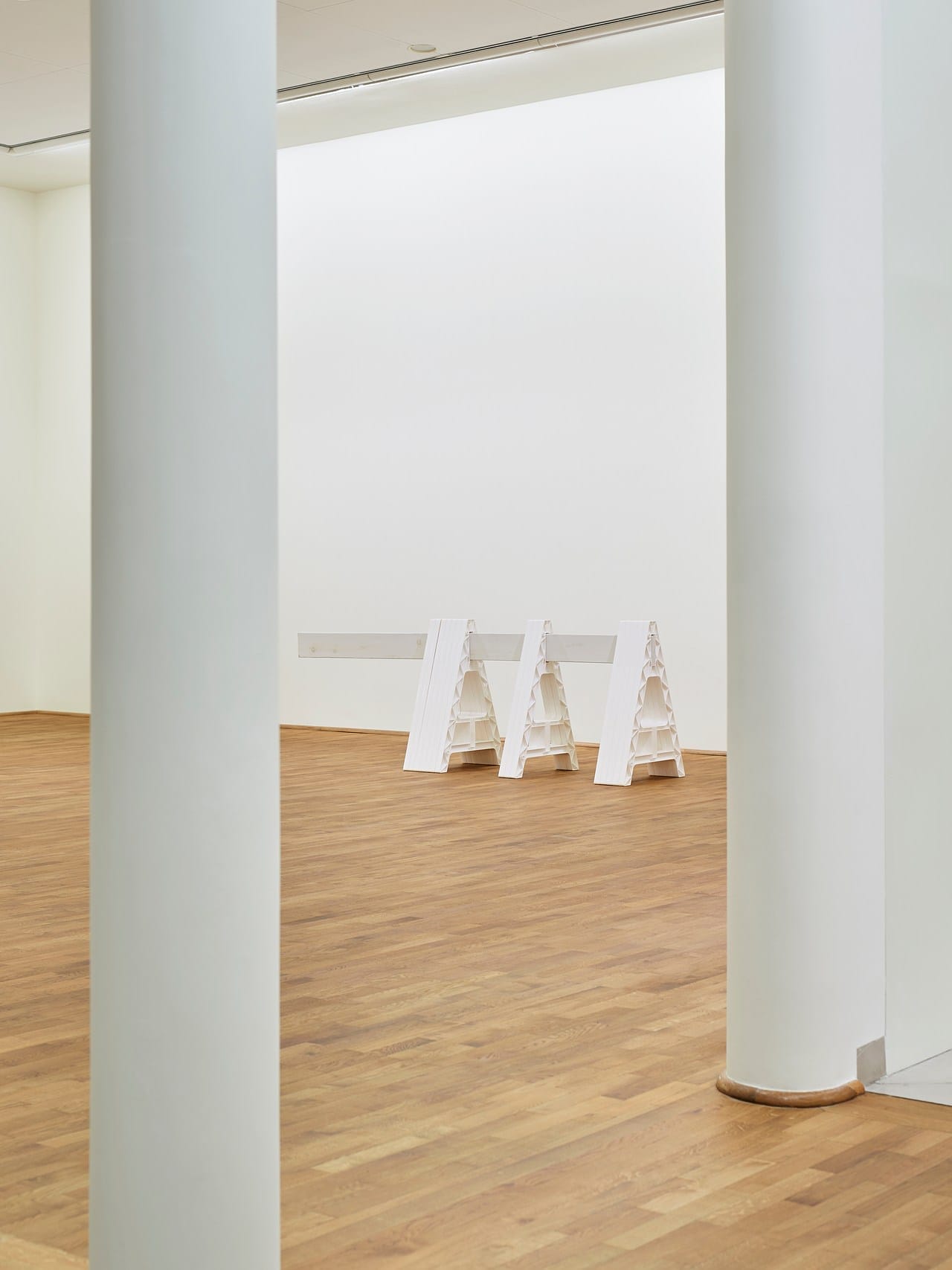
Critique of American Society: Noland’s Visual Rage
Cady Noland’s oeuvre is a poignant critique of American society, characterized by what some critics describe as “visual rage.” This chapter explores how her work delves into the darker aspects of American culture, addressing themes such as violence, celebrity worship, and the crumbling facade of the American Dream. Noland’s art is a mirror reflecting the societal obsessions and dysfunctions of America, often focusing on controversial and iconic subjects.
Her installations and sculptures frequently incorporate elements that symbolize the American experience. These elements range from tabloid photographs to construction materials, and everyday objects like beer cans, police barricades, and American flags. Through these materials, Noland examines how American culture is constructed and deconstructed in the public eye. Her work embodies a critique of social climbing, glamour, and the superficiality that often accompanies these pursuits.
Noland’s treatment of celebrity culture is particularly striking. She often uses the stories of figures like Patty Hearst and Charles Manson to explore the American fascination with notoriety and criminality. For instance, her works involving Hearst examine the transformation from victim to perpetrator, reflecting on the American media’s role in shaping public perception and identity. Similarly, her focus on Manson and his followers exposes the dark side of American celebrity and the societal obsession with psychopaths.
Moreover, Noland’s art is a commentary on the physical and psychological constraints within society. She frequently uses metal in her sculptures, symbolizing both the literal and figurative barriers that confine and define American life. These materials evoke a sense of restriction and control, underlining the societal constraints that individuals navigate daily.

The Legacy of Violence: Exploring Noland’s Iconic Subjects
Cady Noland’s work is deeply rooted in exploring the legacy of violence in American culture. This chapter delves into how she employs iconic subjects to reflect on the nation’s turbulent history and its ongoing fascination with violence. Noland’s art serves as a conduit for examining the psychological impact of violent imagery and events that have shaped American consciousness.
Central to Noland’s exploration of violence are figures like Patty Hearst, Charles Manson, and Richard Nixon. These characters, drawn from the depths of American history, symbolize different facets of violence, from political corruption to cult-led atrocities. For instance, Noland’s portrayal of Patty Hearst, an heiress turned bank robber, captures the complexity of victimhood and agency within the context of violence. Similarly, her focus on Charles Manson and his followers highlights the allure and horror of cultic violence, questioning the societal obsession with such figures.
Noland also delves into political violence, as exemplified by her references to Richard Nixon and Lee Harvey Oswald. Through these figures, she interrogates the intersections of power, politics, and violence, critiquing how political actions and narratives shape and are shaped by violent events. Her art thus becomes a reflection on the broader implications of political decisions and their long-lasting impact on society.
Additionally, Noland’s choice of materials further amplifies her exploration of violence. The use of metal, barriers, and industrial objects not only adds a physical dimension to her work but also symbolizes the mechanisms of control and containment that are often a response to or a cause of violence. This materiality, combined with the potent imagery of her subjects, creates a visceral experience for viewers, compelling them to confront the unsettling aspects of American history and society.
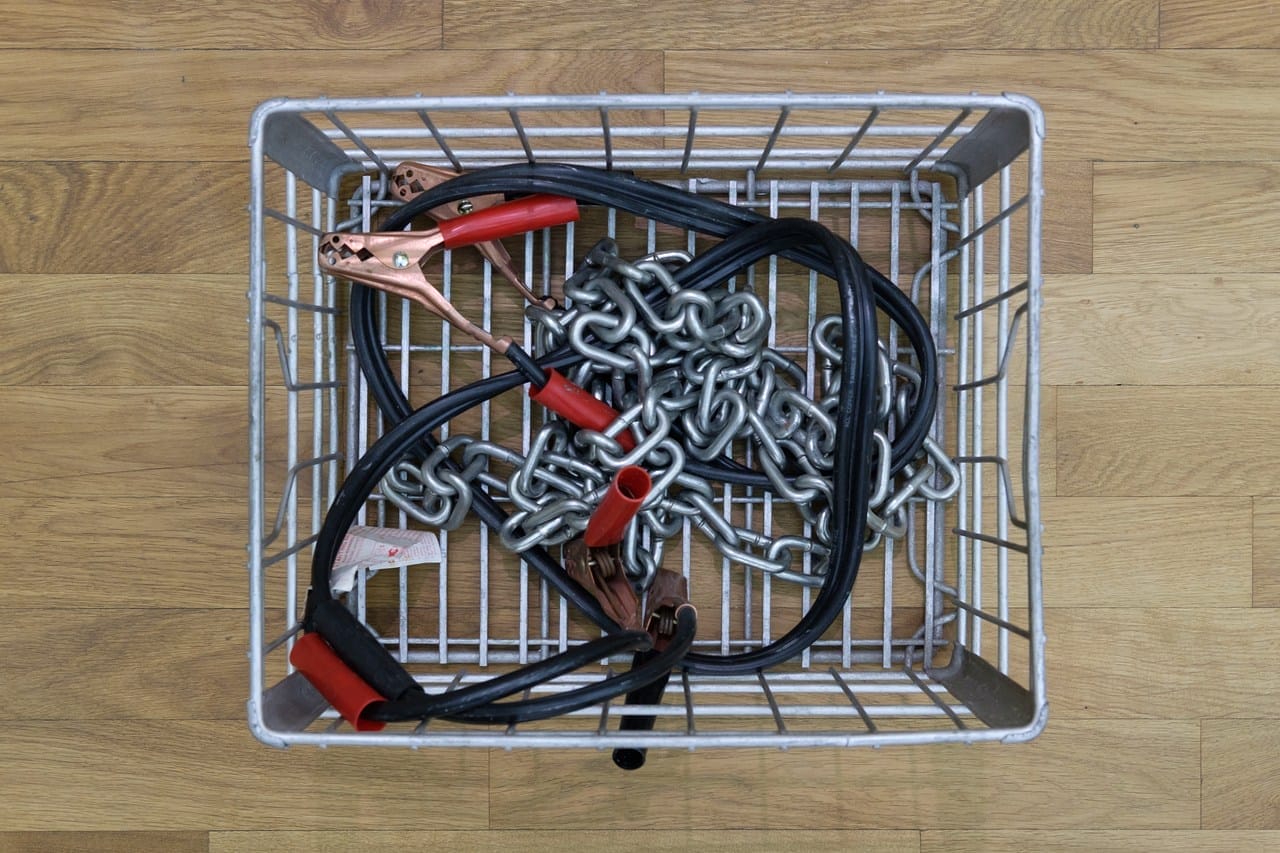
Materiality and Message: The Evolution of Noland’s Artistic Vocabulary
Cady Noland’s artistic vocabulary is a complex interplay of materials and messages, revealing a continuous evolution in her approach to sculpture and installation. This chapter explores how Noland’s choice of materials – ranging from industrial objects to everyday items – intertwines with her thematic concerns, resulting in a powerful critique of American society.
Noland’s use of industrial materials, such as aluminum, metal fences, and neon lights, serves as a metaphor for the rigid structures of control and power in society. These materials, often cold and unyielding, reflect the harsh realities of a culture dominated by authority and restraint. For instance, her installations featuring metal barriers and scaffolding comment on the physical and metaphorical barriers that dictate social dynamics and individual freedoms.
Moreover, Noland’s incorporation of everyday objects, such as beer cans, flags, and tabloid photographs, bridges the gap between art and life. These items, familiar to the average viewer, bring a sense of immediacy and relatability to her work. They serve as symbols of the American experience, commenting on consumer culture, media manipulation, and the commodification of everyday life. For example, her piece featuring stacks of Budweiser beer cans behind metal scaffolding critiques the commercialization of the American Dream and the superficial allure of consumerism.
Noland’s evolution from using mass-media imagery to a more sculptural approach marks a significant shift in her artistic journey. While her earlier works focused on the appropriation and recontextualization of images, her later sculptures embrace a more abstract, yet equally potent, form of expression. This transition from the representational to the abstract allows her to explore themes of containment, control, and societal dysfunction in a more nuanced and layered manner.
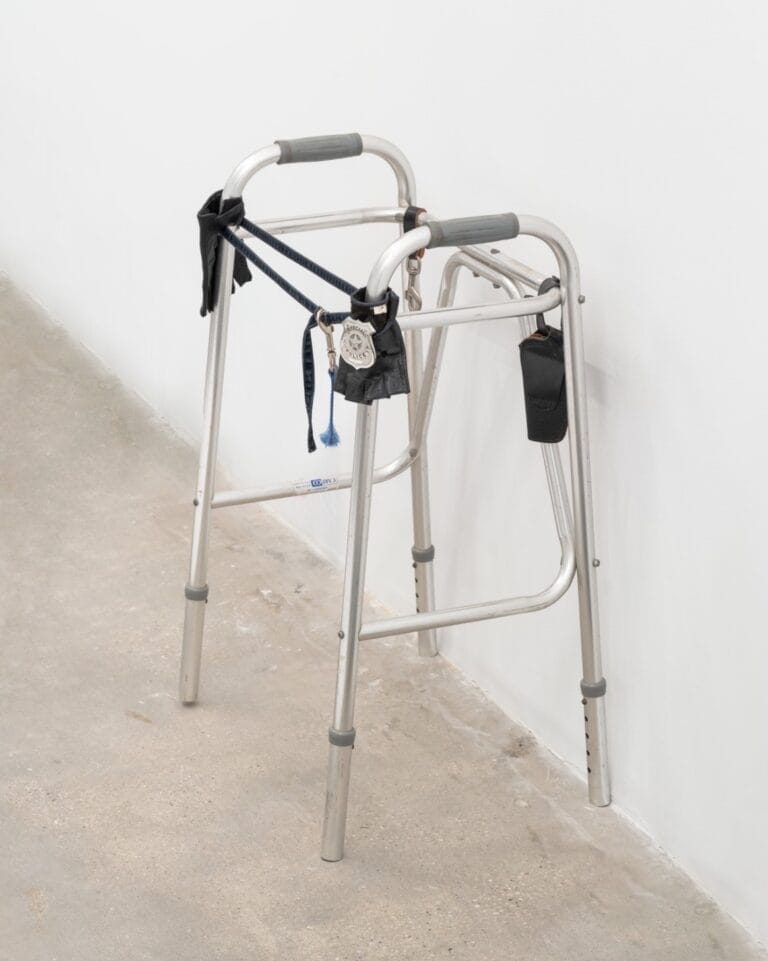
Beyond the Art Market: Noland’s Legal Battles and Artistic Statements
The final chapter delves into Cady Noland’s complex relationship with the art market, highlighting her legal battles and how these actions constitute a form of artistic statement in themselves. Noland’s interactions with the art world – marked by disavowals, lawsuits, and self-imposed distance – reveal her critical stance on the commodification of art and the artist’s role within the market.
Noland’s record-breaking sales, such as the $6.6 million auction of her work “Oozewald,” contrast with her contentious legal disputes over the handling and presentation of her art. These disputes are not mere quarrels over ownership or restoration but are integral to understanding Noland’s philosophy as an artist. For example, the controversy surrounding the restoration of her sculpture “Log Cabin” underscores her concern for the integrity and authenticity of her work. Noland’s disavowal of the extensively restored “Log Cabin” highlights her belief that the artist’s vision and intent are paramount, and any alteration can transform a piece into something unrecognizable, losing its original essence.
These legal battles also bring into focus the broader issues of artists’ rights and the challenges they face in a market-driven art world. Noland’s stance is a critique of how the art market can distort artistic intent and commodify creativity. Her actions raise questions about the balance between artistic control and the realities of art as a commercial entity. They reflect a broader tension within the contemporary art world between artistic integrity and market demands.
Additionally, Noland’s self-imposed distance from the traditional gallery ecosystem is a powerful statement against the celebrity culture often prevalent in the art world. Her reluctance to engage in the public discourse, participate in exhibitions, or collaborate with galleries challenges the conventional pathways through which artists gain recognition and success. This approach positions her not just as a creator of physical artworks but as a conceptual artist whose very actions and decisions are part of her artistic expression.
Cady Noland’s artistry is a powerful blend of critique, material innovation, and conceptual depth, challenging viewers to confront the complexities of American society. Her strategic silence in the art world speaks volumes, underscoring her critique of celebrity culture and the commodification of art. Noland’s work, marked by its exploration of violence, celebrity, and societal constraints, remains profoundly relevant in contemporary discourse. Her legal battles and stance towards the art market further accentuate her commitment to artistic integrity, questioning the balance between creativity and commercialism. Noland’s legacy thus transcends her physical artworks, continuing to inspire and provoke thought about the role of art and artists in society.

Cady Noland was born in 1956 in Washington, D.C., and earned a BA from Sarah Lawrence College, Bronxville, New York. She lives and works in New York City. Noland emerged in the late 1980s and early 1990s as a force in contemporary art with her gritty critiques of America’s material and ideological culture. Before showing with Paula Cooper Gallery, New York, her work was part of Colin De Land’s legendary American Fine Arts Gallery. Noland’s work has been exhibited in the Whitney Biennial and Documenta 9. Solo exhibitions have been organized by Paula Cooper Gallery; Museum Boijmans Van Beuningen, Rotterdam; and the Wadsworth Atheneum, Hartford. There are five Noland works in the Broad collections. Noland works have been loaned to five venues, including the Fogg Museum, Harvard University, Cambridge, and the New Museum of Contemporary Art, New York.
fakewhale
Founded in 2021, Fakewhale advocates the digital art market's evolution. Viewing NFT technology as a container for art, and leveraging the expansive scope of digital culture, Fakewhale strives to shape a new ecosystem in which art and technology become the starting point, rather than the final destination.
You may also like
Luna Ikuta: Unveiling the Beauty of Impermanence
Luna Ikuta is a multidisciplinary artist and designer practicing sculptural works along with digita
John Gerrard: The Art of Real-Time Simulation
“The simulacrum is never that which conceals the truth; it is the truth that conceals there is
freezer burned sadness
He forgot everything that brought him joy before forgetting how to breathe. I guess he would have pr

